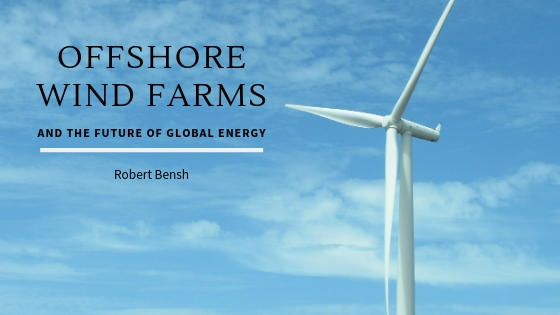Today the demand for global energy is increasing at its fastest rate in more than ten years. Most of this demand is being met by fossil fuels. Fossil fuels alone, however, present an imbalanced approach that also adds to climate change. As a result, experts are exploring other carbon-free options. Wind energy is one of them.
Wind Energy
The capacity for global wind energy reached more than 600 GW last year. However, offshore farms only accounted for a mere 23 GW of the total. Until recent technological breakthroughs, harnessing wind offshore was difficult due to the complicated logistics, longer supply chains, and expensive materials.
Recently, however, wind energy has become a more viable option thanks to new turbine technology and a decrease in the costs of transmission cables.
The Advantages of Offshore Wind Farms
So why offshore turbines? Offshore wind farms are more attractive than farms on land for a variety of reasons. To start, offshore wind turbines are more efficient. This is because the speed and direction of wind over water is more consistent than that over land.
Offshore farms are also located, as the name dictates, offshore. People don’t need to worry about them being located near their homes and farm owners can rest assured they won’t end up in legal battles.
Traditional wind farms use land that could serve other purposes such as agriculture and construction. Offshore farms don’t require land use. They also aren’t harmful to the ecosystem where they’re located.
The Costs of Offshore Wind Farms
The main barriers to offshore wind farms are the expensive materials and the long, underdeveloped supply chains.
Windmills are expensive to build. The largest cost is the turbine, but the concrete and steel foundations and electrical infrastructure are also extremely expensive. This doesn’t include the cost of installation! Every 1 MW of wind energy requires 500 tons of steel and 1000 tons of concrete, plus even more to connect to the energy grids.
Capturing wind energy could be the key to unlocking valuable natural resources and creating a more diverse energy portfolio. There are, however, roadblocks. The cost of building windmills and the underdeveloped supply chains stymie any progress. Although the demand for offshore wind farms is increasing, technology still has a long way to go. Perhaps in the future this low-cost and low-carbon energy option will become more viable.

